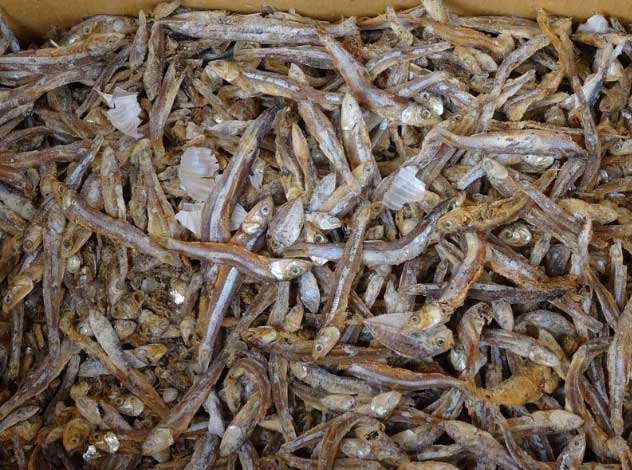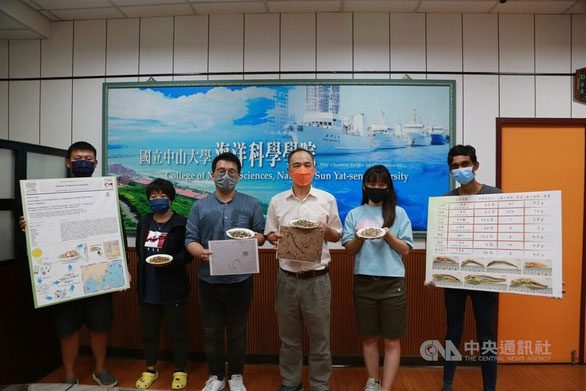Microplastics have been found in dried fish products across Asia, including China and Japan, according to a study conducted by National Sun Yat-sen University (NSYSU) in Taiwan.
The research team, led by Professor Hung Ching Chang from the NSYSU School of Marine Science, examined 14 batches of dried marine fish from seven Asian countries and territories to assess the levels of microplastic contamination in these products.

Dried fish is a popular dish in many Asian countries – (Screenshot from Taiwan News)
The results indicate that in terms of plastic contamination levels, samples from Japan ranked highest, followed by China and Sri Lanka.
The researchers discovered that a type of round herring caught along the southeastern coast of Japan was the most heavily contaminated among the samples studied.
The NSYSU research team believes that this result is due to the Northeast Asian seas surrounding Japan being hotspots for microplastic pollution. This area has significantly higher concentrations of microplastics compared to other marine regions worldwide.
According to the study, 75.9% of samples from round herring from Japan (officially named Etrumeus micropus) contained microplastics. One batch of round herring from Japan had an average of 0.56 microplastic particles per gram of dried fish, the highest among the samples analyzed.

Professor Hung’s research team presents their findings on May 2 – (Photo: FOCUS TAIWAN)
This figure far exceeds that of Pacific mackerel samples taken from China, where 40% of the samples contained microplastics.
Other species studied that were found to have microplastics include thin-bodied round herring from Sri Lanka (30%), short-nosed anchovy from South Korea (12.5%), and round herring species from Taiwan (3.2%) and Thailand (0.2%).
The research also revealed that the most commonly found polymer in the dried fish samples was polyethylene, which is often used to produce plastic bags, bottles, and milk containers.
“This study is significant because dried marine fish is a popular dish in Asian countries,” Professor Hung stated, as reported by Taiwan News.
In the meantime, according to Hung, further research is needed to assess the actual health impacts of consuming dried fish contaminated with microplastics. These studies could contribute to the development and updating of new regulations on seafood safety.
Microplastics is a term introduced by marine and ocean ecosystem researcher Richard Thompson in 2004, where he described them as particles with “a diameter of less than 5mm.”
Since then, scientists have found microplastics everywhere from the world’s major oceans to ice in the Arctic and Antarctic, in shellfish, table salt, and drinking water.
In March 2022, scientists at Vrije Universiteit (Amsterdam, Netherlands) made a shocking discovery when microplastics were found in human blood. Half of the blood samples in the study contained PET plastic, commonly used in beverage bottles.
Additionally, one-third of the samples contained polystyrene, a plastic used for food packaging and other consumer products, and one-quarter of the samples contained polyethylene – the type of plastic found in plastic bags.





















































